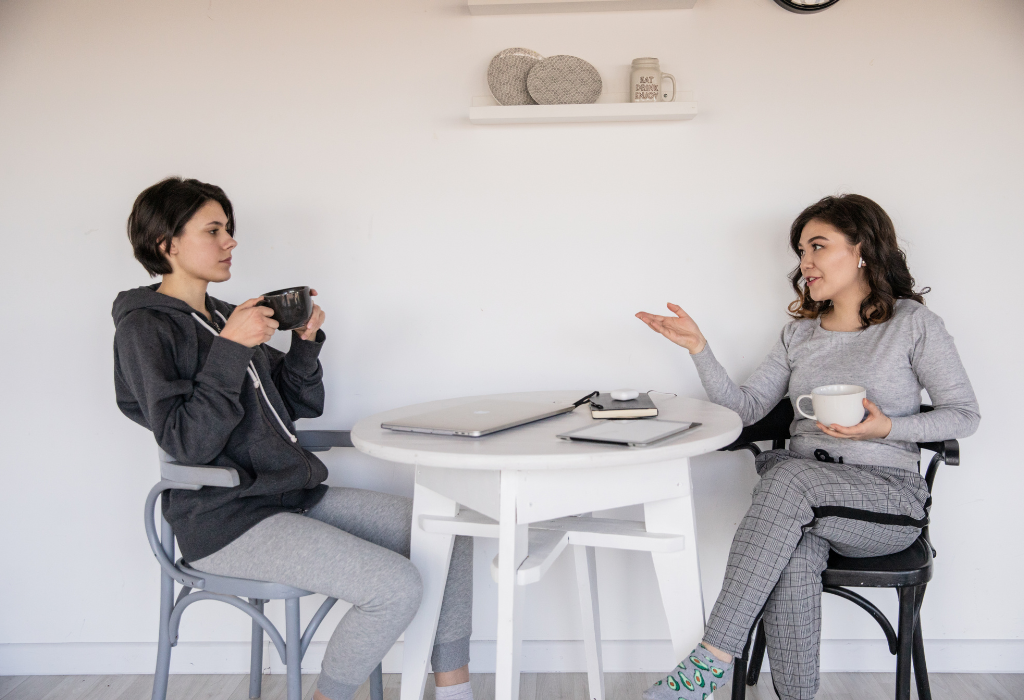When Is the Best Time to Speak Spanish?
If you are here, you are asking yourself an existential question: When to start speaking Spanish?
Many language learning resources suggest listening to a new language for at least 1000 hours before trying to speak the language but what if you want to try speaking the language right away? Today, we’re breaking down when you should start speaking Spanish, the pros and cons of speaking early, and how to find the right balance for you.
It’s no surprise that many in our community come from Dreaming Spanish! So, what do they have to say about the best time to start speaking?
The Dreaming Spanish Method highlights the importance of consuming comprehensible input before starting to speak. Immersing yourself in the language by hearing and reading will help you to create a solid foundation making your speaking process a lot easier and natural.
If you are not familiar with the term ‘Comprehensible input’ do not worry, we are here to explain it to you simply. Every time we receive information through listening and reading we are talking about Input, and It becomes ‘comprehensible’ every time we understand this information.
That being said, the Dreaming Spanish method believes that one should listen to (the input) for 1000 hours before beginning to speak in the new language.
Refold, another language learning resource, also agrees with this theory, they encourage learners to expose themselves to the language before trying to say the words. Once you’ve reached a certain level of understanding, your speaking will be smoother and effortless.
Ok, so all this means that we should wait before starting to speak Spanish? Hold on! It’s important to take a look at both sides of the coin.
Perks of Speaking Earlier
You will find benefits from speaking earlier. You will not only get used to real interactions in the language but you will also begin to notice some meaningful changes such as:
- A Boost of Confidence: Even simple phrases like “Hola, ¿cómo estás?” can give you a real sense of accomplishment. Celebrating those small wins helps you see just how far you’ve come, and how much you’re capable of.
- Stronger Memory Connections: When you speak, your brain becomes actively involved in processing and using the language. Just like babies learn to talk through repetition, the more you say the words, the more naturally they become part of your daily language.
- Learning Through Real Conversations: Starting early gives you a head start on real-world communication. You’ll get to experience how people actually speak; accents, filler words, and all. If you have a chance to talk to native speakers, you’ll not only hear the rhythm of the language, but you’ll also learn how idioms and expressions are used in an organic conversation.
The Case for Waiting to Speak
There’s real value in giving yourself some time before jumping into speaking a new language. Here are a few reasons why:
- Strong foundation: By immersing yourself in listening and reading first, you’re building a strong foundation of vocabulary, grammar, and natural expression.
- More Confidence, Less Pressure: Many learners feel more comfortable and ready to speak once they’ve had time to absorb the language naturally, without pressure, just letting it sink in at its own pace.
- Avoiding Tricky Mistakes That Stick: If you start speaking too soon without a solid grasp of the basics, you might find yourself repeating the same mistakes.
That said, it’s all about balance. Waiting too long might make it harder to take that first step into speaking. The key is to find the moment that feels right for you and trust that you’ll get there, one step at a time.

Find your balance between input and output
So briefly, what is the best option for you? Well, that will depend on how comfortable you feel with any of these learning ways.
However, at WorldsAcross, we embrace the best of both worlds: Immersing students in Comprehensible Input from day one while we encourage them with simple, stress-free conversations. It’s all about creating a welcoming space where mistakes aren’t setbacks but natural steps in the learning journey.
Our approach is all about personalization and real-world use, our Living the Language Method ensures every student learns in a way that feels natural and engaging. But it’s more than just language! We’re building a community where meaningful connections and cultural exchange make the journey far more personal and rewarding.



